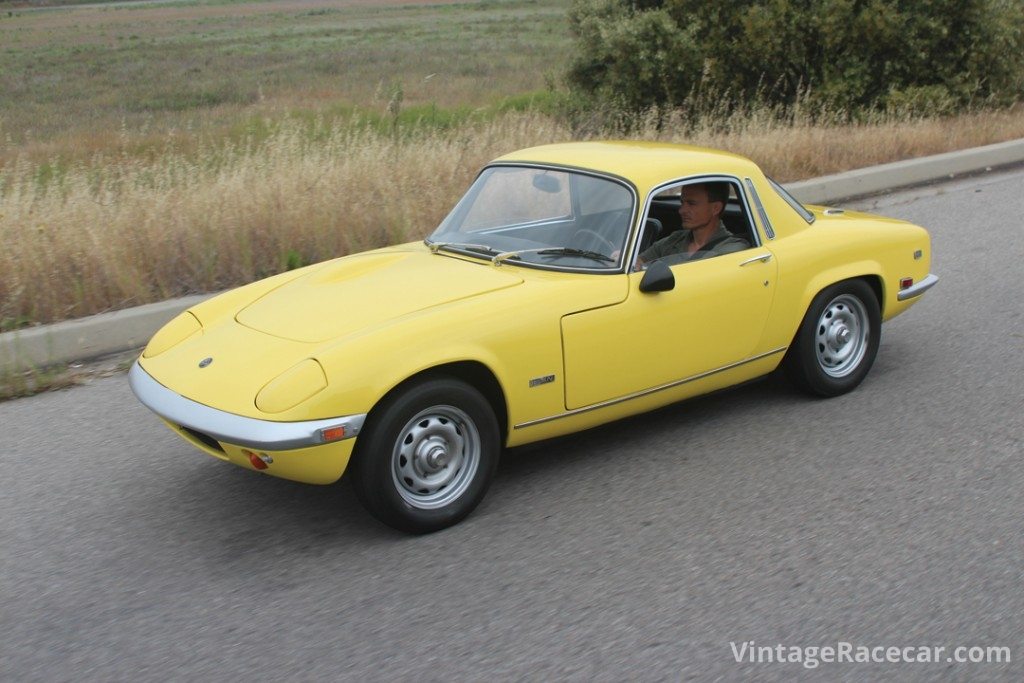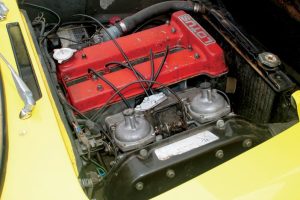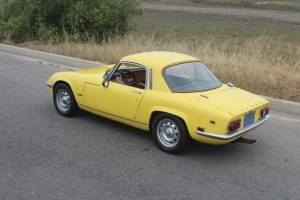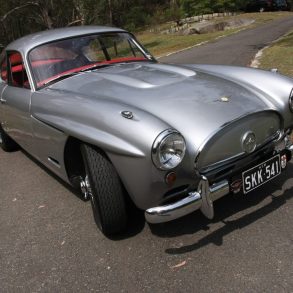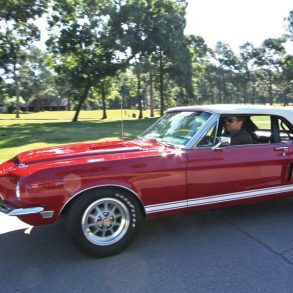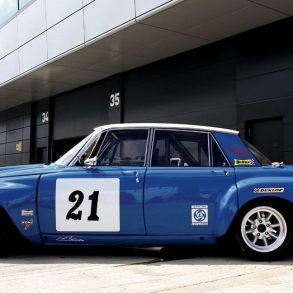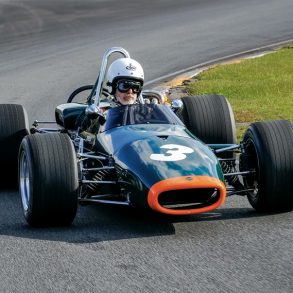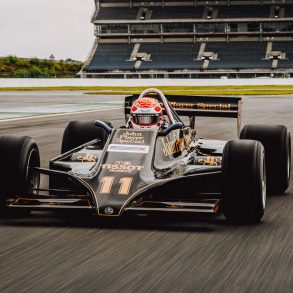Colin Chapman began building and racing his own cars in the late 1940s. Over the next 10 years, his Lotus racing cars enjoyed tremendous on-track success, which precipitated increased orders and significant scaling up of his then small cottage business.
By the late 1950s, Chapman’s business had grown to the point where he saw the merit of producing his own road-going sports car. Since lightness and handling had become the hallmarks of Lotus’ racing reputation, Chapman wanted to continue the incorporation of those virtues in his first road car. The result was the Elite, which made its public debut late in 1957. The Elite turned out to be a truly lovely and innovative mass-produced sports car that featured a fiberglass body bonded to its racecar-like tubeframe chassis. Combining its light weight and nimble independent suspension with a racing-bred Coventry Climax engine produced a quick and agile sports car that was something of a revelation in 1958, when it was offered to the public. As a car it was remarkable, but as a business venture it was something of a disaster. Using the same manufacturing techniques and standards as he would on his limited-run racing cars, it is estimated the Chapman lost nearly £100 for every one of the 1,000 Elites that Lotus built. If Lotus were going to survive as a road car manufacturer, they were going to have to figure out a way to build high-performing sports cars in a financially viable way.

First debuted at the 1962 Earls Court Motor Show in London, the Elan could be purchased as a finished car for £1400 or, in Lotus tradition, bought as a kit for £1095. In November of 1962, a second series (S2) Elan was offered with several upgrades including larger front brakes and a wood veneer dashboard. By September 1965, an S3 version was offered that included a Fixed Head Coupe (FHC) body option, as well as electrically operated windows and a close-ratio gearbox. Then, in March 1968, Lotus released the S4, which came in both coupe and convertible form. The new S4 version became the most refined of the many Elan iterations and included all the previous incremental improvements, as well as flared wheel arches, servo-assisted brakes, a power bulge on the hood and finer interior details like perforated and ventilated seats.
You don’t really realize how small the Elan truly is until you stand next to one. However, once you climb in and settle into the low-backed, bucket seats, even a 6-foot-plus driver will marvel at the amount of head and legroom in such a compact car—the secret being the center, backbone frame, which provides no inherent incumbrances on the seating position. While the overall room and seating position is quite comfortable, pedal placement is rather more problematic. The pedals, especially the clutch and the brake, are so insanely close to each other that it is very difficult to be on the brake and the clutch at the same time. Add to this attempts at toe-and-heel downshifts and even the slightest of foot will find themselves getting fouled up in the pedals.
Being that the Elan was intentionally designed with ease of manufacture and low cost in mind, build quality has also always been a criticism of the Elan. One could buy an Elan as a kit, and that kit-car level of fit and finish can still be found in all but the most meticulously restored examples. But one doesn’t buy an Elan as an example of ’60s manufacturing excellence, one buys an Elan as a ’60s example of excellence in performance and handling, and it is here that the Elan never disappoints.
On the road, that flexible Ford twin-cam engine (a detuned version of what is commonly found in many Formula cars of the period) is super-responsive and has more than enough horsepower to launch the little Elan away from a stoplight with surprising speed. The close-ratio gearbox is a little notchy, but shifts are positive and quick as one quickly stirs the box up through the gears. All of this is, however, merely preamble for the one, true draw of the Elan, the handling. The Elan is perhaps the closest thing to driving a Formula Ford on the road, as one can get. Start to carve the Elan through a series of right-left turns at speed, and thoughts of size, creature comforts and build quality go quickly out the window. The Elan feels like a surgical instrument as it cuts its way through the turns. Near 50/50 weight distribution make it dead neutral and extremely responsive to steering inputs. With a driving experience like this, it’s no wonder that over 12,450 Elans were sold between 1962 and 1974. Like many Lotus roadcars, though, one has to be willing to live with certain compromises in order to enjoy the Lotus driving experience.
SPECIFICATIONS
1968 Lotus Elan S4 SE FHC
Production: 4,350 (S4)
Wheelbase: 84-inches
Length: 145-inches
Width: 56-inches
Front Track: 47.5-inches
Rear Track: 47.5-inches
Height : 47-inches
Weight: 1515 pounds
Brakes: Discs, 9.5-in (front), 10-in (rear)
Engine: Lotus-Ford, 1558-cc, DOHC, inline-4
Bore x Stroke : 82.57-mm x 72.75-mm
Compression Ratio: 9.5:1
Induction: Dual Weber or Stromberg carburetors
Power: 120-hp
Torque: 115-lb-ft
Transmission: 4-speed, close-ratio
PERFORMANCE
Top Speed: 118 mph
0-60 mph: 7-sec
Average fuel consumption: 30 mpg
VALUATION
Price at launch: £1,400
Excellent: $30,000
Good: $23,000
Average: $16,500
Poor: $9,000




